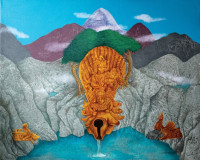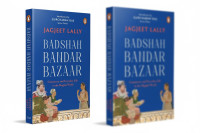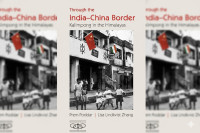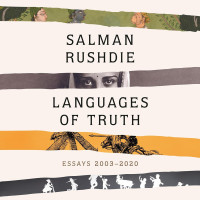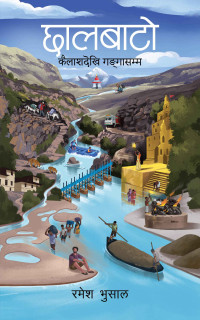Books
‘We need to be aware of our roots to move forward in life’
When sixty-five-year-old Bhagi Raj Ingnam sent his work for the Madan Puraskar he hadn’t in his wildest dreams imagined that he would end up winning the award.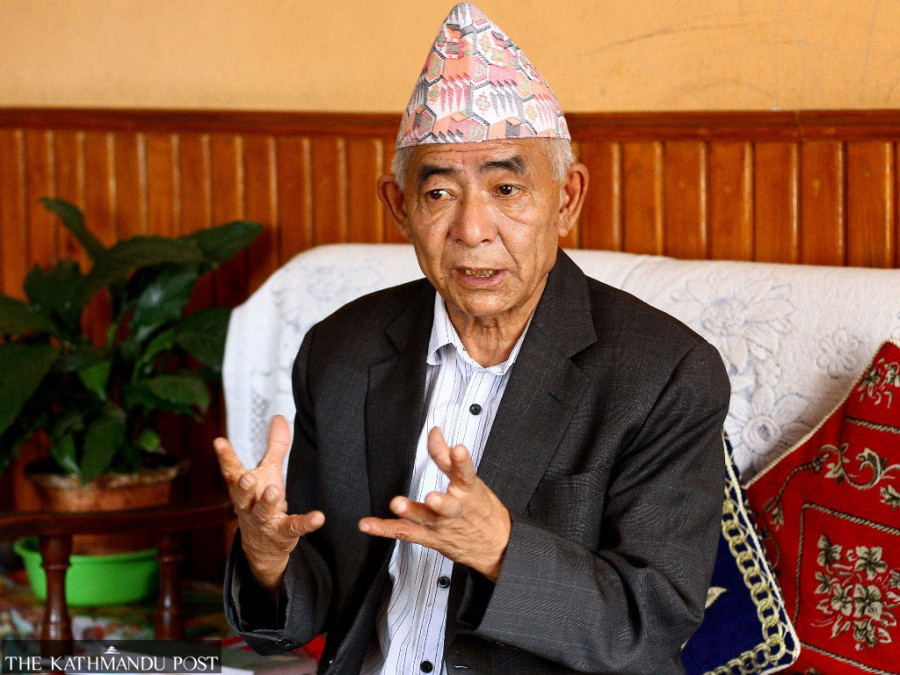
Srizu Bajracharya
At his home in Anamnagar, Bhagi Raj Ingnam carefully notes down the name of the Post’s publication in his diary and the purpose of the meeting. He explains that doing so is essential so that he can remember things.
Until a few weeks ago, Ingnam was an unknown retired government official. After serving in the government for 36 years in various capacities, he retired as the chief district officer of Dhankuta, in 2014. As someone who took a keen interest in history, Ingnam started spending his time collecting and analysing historical Limbuwan scripts.
In 2020, he published his book ‘Limbuwanko Etihasik Dastavej Sangraha’ (Limbuwan’s Historical Document Collection), and last month, the book won the prestigious Madan Puraskar. And since then, Ingnam has emerged as an alchemist for Limbuwan history. His book brings together centuries-old Limbuwan documents from Terathum, Dhankuta, Sakhuwasabha, Taplejung, Panchthar, Ilam, Morang, and from across the Valley as evidence of the events that have happened in Limbuwan, the land east of the Arun and Koshi rivers and west of Mount Kanchenjunga and the Mechi river.
In this conversation with the Post’s Srizu Bajracharya, Ingnam shares his journey of finding documents of Limbuwan history and what he hopes for people to understand from his work.
How has your life changed since receiving the Madan Puraskar? And what does this recognition mean for your community?
I am overjoyed that my years of hard work have been recognised by an institution I have heard so much about. Even though I did submit my book, I didn't really think that I would go on to win the award.
For the first few days after winning the award, I was swarmed with phone calls and I was featured by newspapers and television channels.
The award has also made more people aware of my book. I printed 1,000 copies of the book, and until I won the award, I had barely managed to sell three hundred copies. But after my book won the Madan Puraskar, my books started selling rapidly, and now I have only two copies for myself. My books are also getting reprinted by Sajha Prakashan.
For my community, this is a memorable feat. This is the first time in a very long time that someone from our community has won an accolade of this level. I am just grateful for everything that has happened so far.
What got you interested in history? Did you always want to be a researcher?
Growing up in Tehrathum, I wanted to be a lawyer, mainly because many from my family served as the Subba (village chief). As Subbas, they were the ones responsible for solving the problems and issues of our community. This family background got me interested in learning the law. But I could not pursue law because there were no law schools in our area, and going to Kathmandu was not practical because there was no motorable road from our village to Kathmandu.
I ended up studying public administration and gave exams for Lok Sewa (Public Service Commission) and started working for the government. During my Lok Sewa preparations, I could see so much of our history being narrated and interpreted in ways that were different from how we saw ourselves. For example, several historical texts alluded that our community was uncivilised, which is entirely false.
If there was one thing I was always interested in, it was the history of our people. When I was young, I would research my family’s history in relation to the Limbuwan history. As I grew older, that curiosity remained. But what really got me to work towards documenting our history was when I realised that many from our Limbuwan community were not aware of our own history. When I was posted in Dhankuta, I spent many hours researching our history. I also wrote two books ‘Tehrathum Jilla ma Subhangi Pratha’ and ‘Limbujati ko Itihas’. It was when I was doing my research for these books, I started learning more about the documents I have included in ‘Limbuwanko Etihasik Dastavej Sangraha’.
What does the book bring forward?
My book is simply a collection of historical documents that provide pointers of what happened in our history. It has documents that the Sen, Shah, and Rana rulers provided to Subbas regarding different purposes and rights assigned to them; several documents in the book reveal how the Limbus were given the Subhangi padh (honour). Years ago, before the introduction of Malpot to collect land tax, it was the Subbas who collected land tax. It was the Subbas who protected people, and it was them who practised law. The documents that I bring together in the book present what Limbuwan’s economic and social life was like centuries ago. These documents also provide a clue to the ideology, culture, and traditions that persisted at the time. I present the original documents as they are alongside their translations, with brief notes mentioning what they are.
History has usually been written by those in power and tends to promote their own agendas and their thoughts. But things are changing now; we live in a democratic world where everyone is equal and where every communities’ history and past matters for the future. We should conduct studies that reflect our past and focus on aspects of our histories that were once considered unimportant. We need to work towards bringing out studies that rely on data. Only when we can achieve the history of all the communities living in the country will we be able to provide a complete history of the country’s journey.
It definitely must not have been easy getting the materials required for the book.
It was a challenging journey because I did it alone. People often didn’t understand why I was doing it, and many thought I was trying to buy historical documents to sell them off to make more money. It was really taxing to explain to people that I just wanted to learn about the historical documents they had with them to publish a book that allows us to understand our history better. I travelled to various regions hiring riders who could take me up the rugged roads on their bikes. I relied on their company as I tried to convince people of my conviction. And it was natural for them to think that one could earn money out of the papers, as in the past, many valuable traditional objects have been sold for good money—including our traditional bajas, coins, and weapons.
But because I had already worked on two research works before this, it was easier to identify who I needed to go after to find the kind of documents I was looking for. Sifting through information was another challenging task because many of the words in the documents are no longer in use.
I started this project about seven years back, and I ended up spending around Rs 1.3 million in putting this book together.
But do you think a book like yours in terms of its genre has a good number of readers? How do you hope for people to understand your work?
It’s definitely not a book for the masses. The book offers readers hints of Limbuwan history. But from the very beginning and with the conversations I have had with publishers, I knew that my book would not have as many readers as a work of fiction might have. But I will tell you that my book is essential for every space of education and knowledge sharing. It will be of great use to people who want to study Limbuwan history and culture. And that is all that matters. Also, I think information from history books always stays with you; they become a part of your knowledge.
By reading the book, I hope people will understand that we need to be aware of our roots to progress forward in life. Without our roots, we are nothing. That is what makes our identity and our future.




 18.12°C Kathmandu
18.12°C Kathmandu
